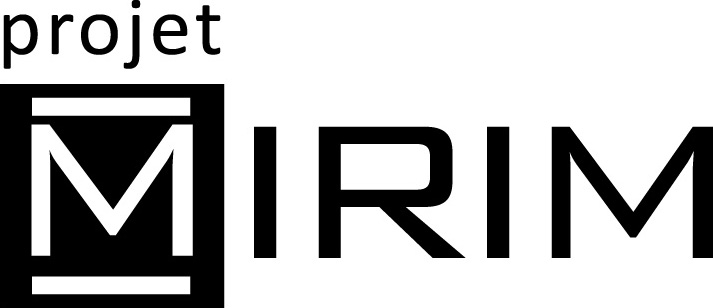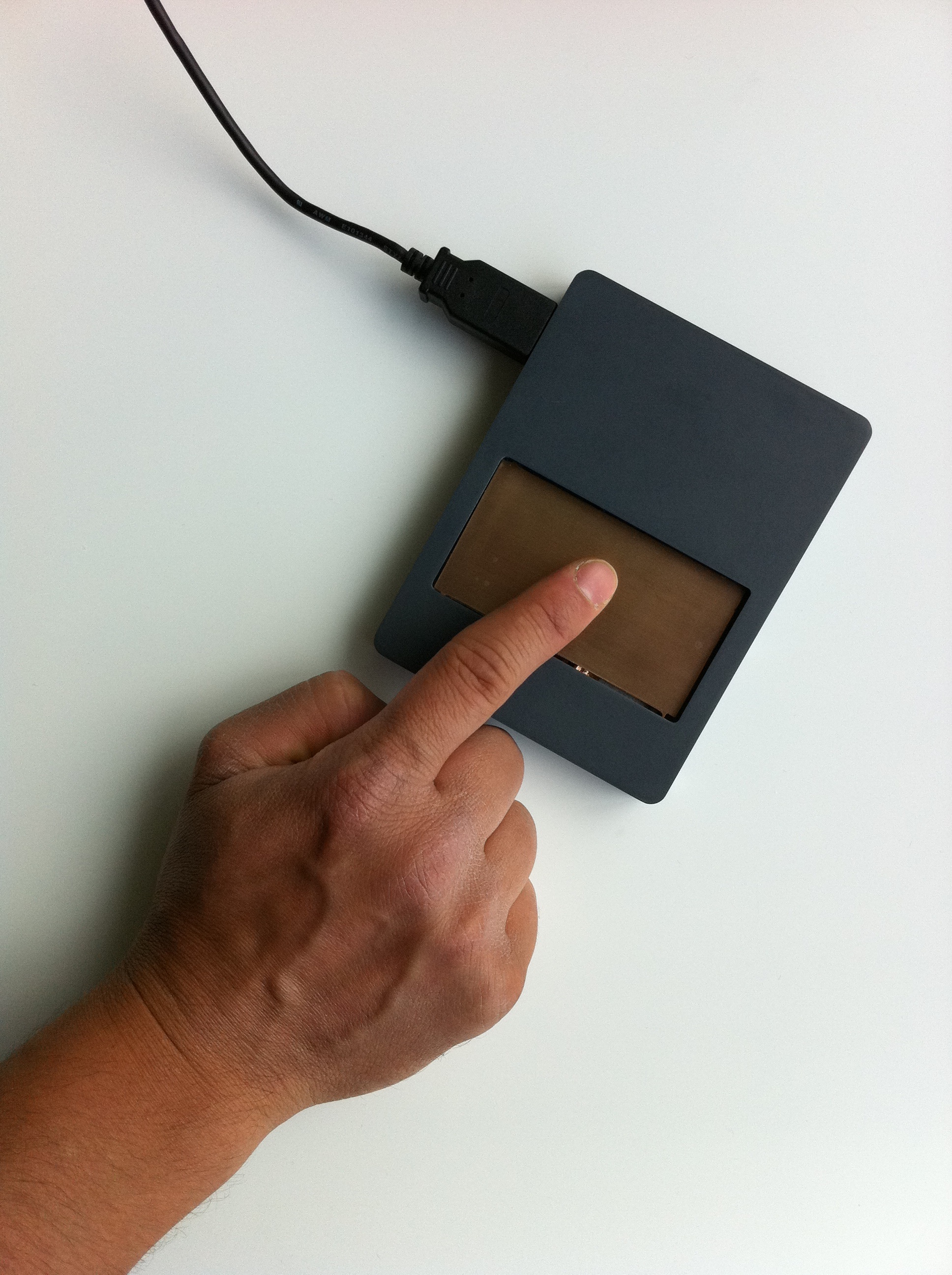

Digital objects and services are part of our daily lives. We sometimes even use them without thinking. But few people realize how much work was required to make them usable, so we can focus on our goals rather than the ways to achieve them.
Human-Computer Interaction (HCI) is an experimental science. HCI researchers design, implement and evaluate interaction techniques. HCI borrows its methods from various disciplines, including Computer Science, Psychology, Ethnography and Design. Combining these approaches and involving users allows to better understand their problems, needs and desires, and to relate new emerging ideas to specific contexts.
The MIRIM project aims at illustrating the experimental nature of HCI research. People visiting Inria's demonstration area at EuraTechnologies will be able to participate in an experiment. And what they are going to do will also serve our purpose: the information collected will be used for our research.

Starting from October 2013, visitors will be able to try a new technology for tactile feedback developped by the Mint research team (Inria, Université Lille 1 & CNRS).
Our current work aims at a better understanding of the psychophysical aspects of this technology and the development of tools to use it at its best for human-computer interaction.
The technology itself is described in these publications:
Our ongoing research on this technology takes place as part of the TOUCHIT project, with financial support from Oséo, the Nord - Pas de Calais Region and the European regional development fund (ERDF).